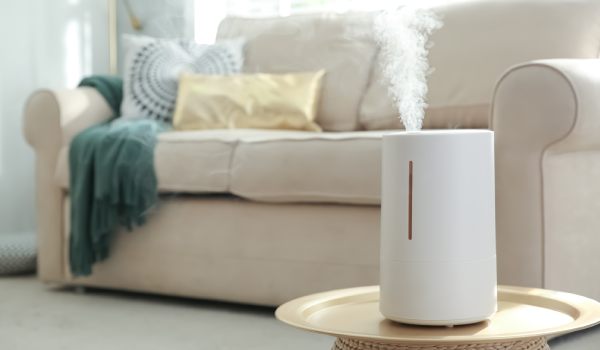Treatment of dry nose: the most important causes and symptoms
When a person is exposed to a dry nose, this often becomes a source of discomfort and pain. So learn about the best ways to treat dry nose at home, and when you should see a doctor.
Causes of dry nose
The feeling of dry nose, or what is scientifically known as dry rhinitis, usually results from a person’s exposure to colds or allergies. Nasal dryness is also common in people who smoke tobacco or live in environmental areas with dry climates.
It is also considered one of the causes of dry nose is taking some types of medications such as antihistamines and decongestants, which are used when suffering from allergies or colds.
Symptoms of dry nose
Nasal dryness is not usually considered harmful, but neglecting to treat this condition may lead to more symptoms The most prominent of which are:
Treating dry nose
Some home remedies may help reduce symptoms associated with dry nose. Among the most important of these treatments:
Drink more water
Drinking water helps maintain body moisture, thus treating dry nose. It is usually recommended to drink approximately 8 cups of fluids daily, or at least drink water whenever you feel thirsty. This is in order to avoid dehydration of body tissues.
Steam inhalation therapy
One of the effective methods of treatment is also the use of a steam inhaler, or steam can be inhaled by:
- Prepare a bowl of hot water
- sauna
- Have a hot shower
But pay attention to the temperature of the water, and make sure it does not reach a boiling point or too hot, which could cause burns to the skin.
Saline spray
One of the best methods of treatment is also the use of saline sprays, which moisturize the nasal passages, improve the flow of mucus, and remove irritants such as dust and pollen before they cause sinusitis.
But if you do not have a saline sprayer available with you, you can make a saline solution at home. using the following components:
- Use non-iodized salt, as preservatives may irritate the sinuses
- Use baking soda
- a cup of distilled water or a cup of tap water that has been boiled for about 3 to 5 minutes
- Small spray bottle but make sure it is clean well
Notice: If using boiled water, allow it to cool completely before use
How to prepare:
- Mix 3 teaspoons of salt with 1 teaspoon of baking soda, then store the mixture in an airtight container
- Add a teaspoon of the mixture to a cup of water
- Add the solution to the spray bottle
To use it correctly, tilt the head forward, then breathe in slowly through the nose. Then spray the solution once or twice in the nostrils.

Get moist air
Moist air helps keep the nose moist, thus reducing nasal congestion and allowing the sinuses to function properly. Excessive use of air conditioners and heating devices may lead to dry air, and therefore the use of air humidifiers may be a good solution to restore lost moisture. The ideal indoor humidity ranges from about 30% to 50%, depending on the room temperature.
However, humidity levels should not exceed normal levels, because this may lead to promoting the growth of allergens, and thus the symptoms may worsen. So it may be better to use a hygrometer, to measure the relative humidity, and to know when air humidifiers should be used. On the other hand, it must be kept clean on a daily basis in order to prevent the formation of bacteria and mold, which may also harm health.
Vaseline to treat dry nose
The use of petroleum jelly or petroleum jelly, known as Vaseline, is one of the generally safe methods that some may resort to using to treat dry nose. However, it is not preferable to use it frequently or for long periods of time, as with Vaseline placed inside the nostrils, it may drain to the back of the nose with normal nasal secretions and be swallowed.
In some rare cases, small amounts of Vaseline may pass into the trachea and lungs. Over time, it may build up in the lungs, increasing the risk of lipoid pneumonia.
When should you visit the doctor?
Although nasal dryness can be treated with home methods, in some rare cases, nasal dryness may indicate a more serious condition that may require a visit to the doctor, such as:
Sjogren’s syndrome: Which is an immune disorder that affects the glands that secrete fluids such as tears and saliva, causing dry eyes and dry mouth. It can also cause dryness in the nose and other parts of the body.
Atrophic rhinitis: Which causes a shrinkage in the sinus passages, and the formation of dry and thick crusts inside the nose. Complications of this condition may also include loss of sense of smell and nosebleeds.
Therefore, in cases of severe nasal dryness, or if you are constantly exposed to this condition, or if it is accompanied by the appearance of any of the aforementioned symptoms, you should visit the doctor immediately.

